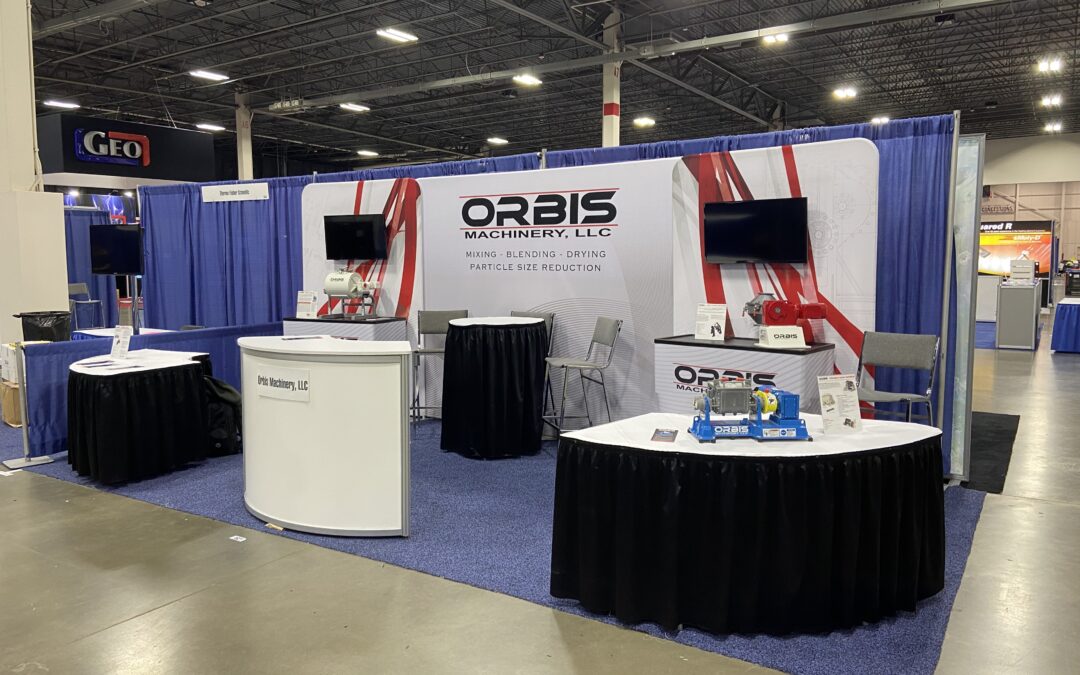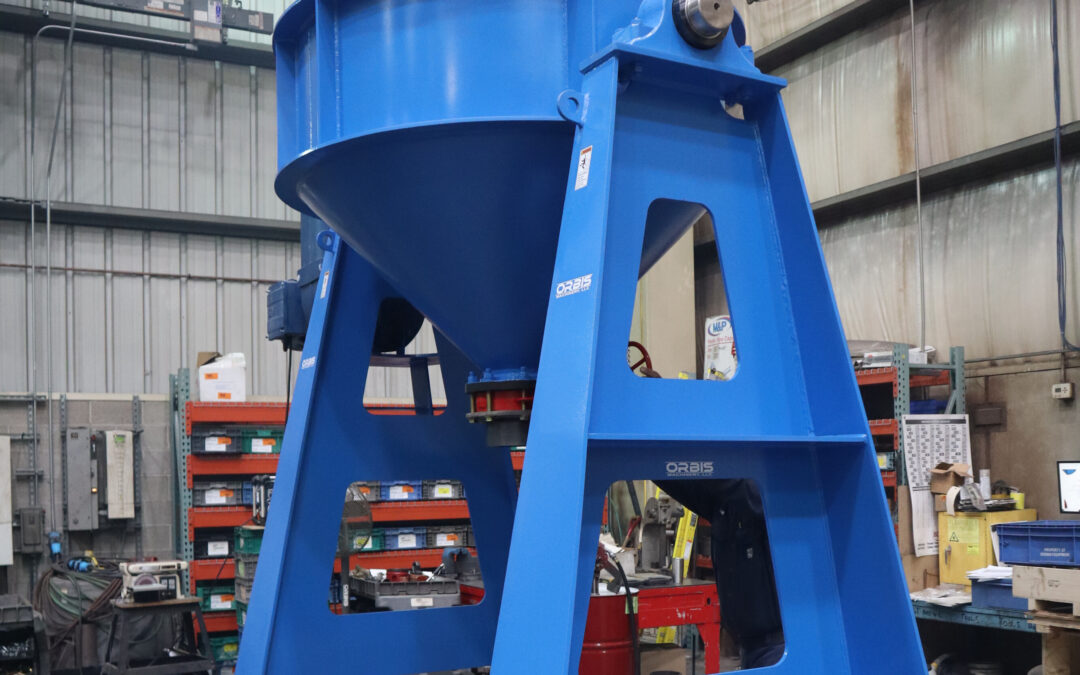In the manufacturing world today, cross-company collaboration has become a critical challenge. Efficiently sharing data on a large scale faces all sorts of issues including compliance, regulations, file size as well as security against cyber-attacks and internet spies. Data protection has become a key issue for manufacturers because the sensitive information shared between external companies as well as other individuals must be safeguarded at all times. The data volumes and traffic of data exchange continues to increase daily and this has led to a greater risk. It is important to protect the files you share when they are remotely stored and also when they are in transit. While this has been a persistent challenge, there are various ways to ensure that your diverse assets like patents, designs, templates, official papers, client lists, trade secrets, results and other sensitive documents are protected from cyber thefts.
How to protect your data exchange
The major concerns of manufacturers worldwide includes how to ensure that that their Intellectual Property (IP) is safe, especially when it contains the security of a unique product design. In this case, a very good move is to
Create roles and access rights within PLM: building roles and access rights within your Product Lifecycle Management (PLM) system can help you send specific files to the right people and also creates workflows that guide and manage your data status. Limiting your data selection based on your provided security model prevents users from sending incorrect lifecycle statuses to partners. Having a strategy prevents users from potentially exporting any data within your PLM environment not minding its status or sensitivity. For instance, a manufacturer working with both Nike and Adidas on a new product design can establish from the outset that the engineers working on Adidas cant access Nike products and vice versa.
Email: there are data security solutions that can be used to encrypt your data and information. Smartcrypt for instance can be integrated with Microsoft outlook and can allow organizations secure sensitive data in attachments and message bodies without toning down the UI. Smartcrypt can also be configured to automatically scan and protect electronic mails or to provide a manual workflow to users who need to identify diverse encryption keys aswell as authorized users for different outgoing messages.
Processes and protocol: every functional security system relies immensely on a solid management. A company that hopes to achieve an uncompromised data exchange needs a comprehensive structure for the evaluation of external providers of information. They also need to ensure that departments within the organization adhere strictly to all processes and protocols when taking key decisions that are critical to the organization. These processes ensures that all other measures put in place actually yields and leads to a secured data system. It also includes executives and managers intimating their team and asking a number of questions like;
1. Is there an information security system and to whom does it report?
2. What’s the nature of the existing security function?
3. What are the measures for vetting 3rd party technology providers? How do we check if they are compliant with the best practices?
4. Are there gate-ways and forced checks to resist cyber-attacks? Are there mechanisms to review codes before new sites are launched?
These sorts of questions do due-diligence to ensuring that your data exchanges are done with the assurances of the highest level of security for both the company and the end users.



